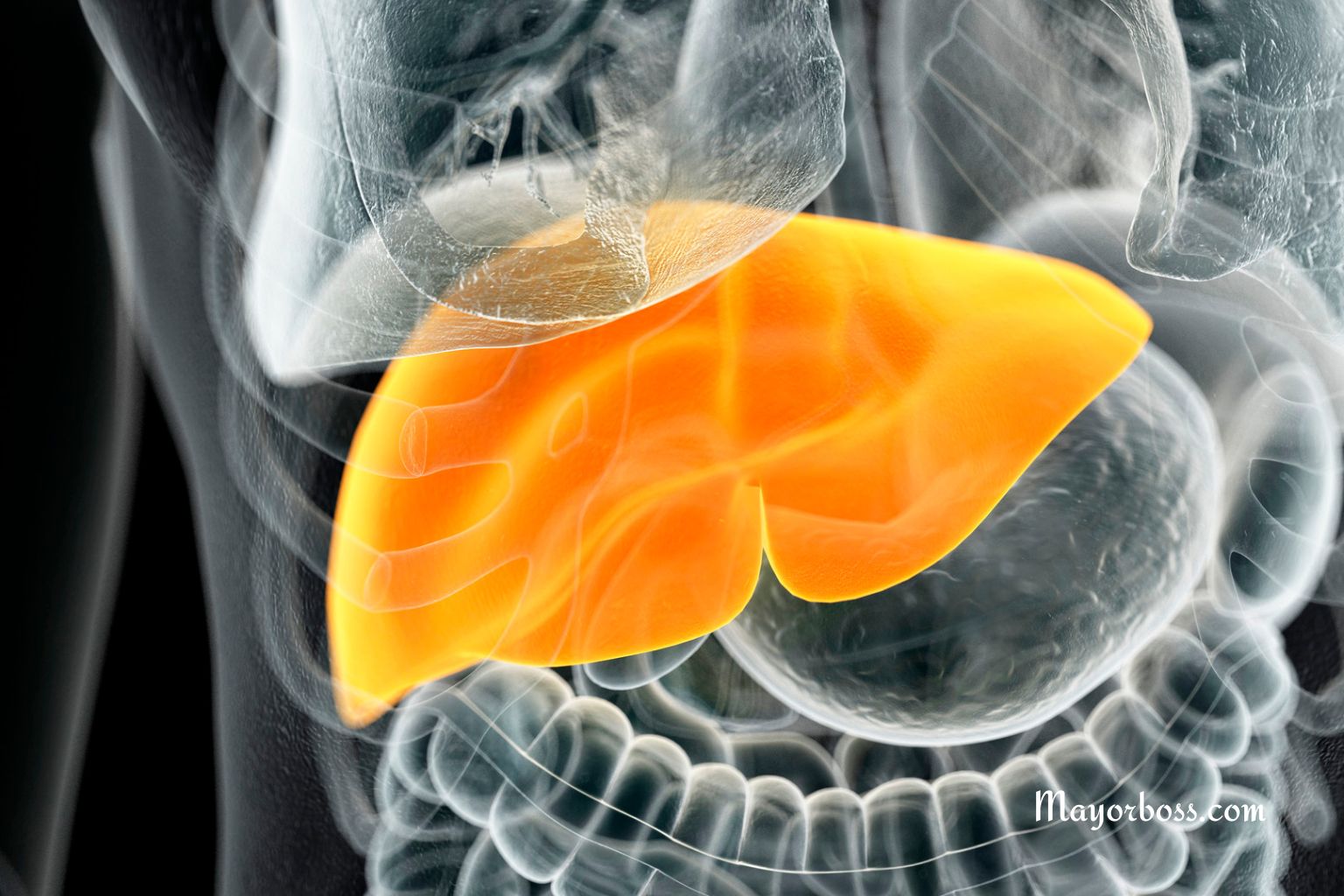What is Unspecified Anxiety Disorder?
Anxiety is a feeling we all experience; it’s like the body’s alarm system, alerting us when something seems off. However, when this feeling doesn’t have a clear cause or is more intense and lasting than it should be, it could be a sign of an anxiety disorder. Unspecified Anxiety Disorder is a term used when someone is experiencing anxiety symptoms that don’t fully match the criteria of specific anxiety disorders like Generalized Anxiety Disorder (GAD), Panic Disorder, or Social Anxiety Disorder.

Understanding the Basics
Imagine your brain has a security system, and sometimes it sends false alarms—making you feel scared or worried without a clear reason. That’s what happens in Unspecified Anxiety Disorder. You might feel restless, have trouble concentrating, or find it hard to control your worry. However, your symptoms don’t fit neatly into any one box; they’re a mix, making it harder to pinpoint exactly what you’re dealing with.
Symptoms and Signs
You might wonder, “How can I tell if what I’m feeling is Unspecified Anxiety Disorder?” Here are some common signs:
- Feeling nervous, restless, or tense without a clear reason
- A sense of impending danger or doom
- Increased heart rate
- Trouble concentrating
- Difficulty sleeping
- Being easily fatigued
Even though these symptoms can also appear in other anxiety disorders, in Unspecified Anxiety Disorder, they don’t completely align with any specific one, making the situation a bit more complex.
Causes and Triggers
So, what causes this kind of anxiety? Well, there isn’t a one-size-fits-all answer. It could be a mix of genetic factors, brain chemistry, life events, or even underlying health issues. Sometimes, stress from big life changes or accumulated daily stressors can trigger these anxiety symptoms.
Diagnosis and Treatment
Getting a diagnosis can be a relief, as it’s the first step toward feeling better. A healthcare professional will chat with you about your symptoms, how long you’ve been experiencing them, and how they affect your life. Since Unspecified Anxiety Disorder is a bit of a catch-all category, the focus will be on managing your symptoms and improving your quality of life.
Treatment might include therapy, where you can learn strategies to manage your anxiety, or medication, which can help balance brain chemistry and reduce symptoms. Sometimes, a combination of both is the best approach.
Managing Anxiety on Your Own
In addition to professional treatment, there are ways you can help manage your anxiety:
- Practice mindfulness or meditation to help calm your mind.
- Exercise regularly, as physical activity can reduce anxiety.
- Try to maintain a regular sleep schedule.
- Reach out to friends or family for support.
When to Seek Help
If you find that your anxiety is making it hard to live your life the way you want to, it’s important to reach out for help. Whether your symptoms are mild or severe, a healthcare provider can guide you toward the right treatment plan.
Frequently Asked Questions
1. Can Unspecified Anxiety Disorder turn into a specific anxiety disorder? Yes, it’s possible. Over time, as symptoms evolve or become more defined, your diagnosis might change to a specific anxiety disorder.
2. Is medication always necessary for treating Unspecified Anxiety Disorder? Not always. The need for medication depends on the severity of your symptoms and how much they interfere with your daily life. Some people find therapy and lifestyle changes are enough to manage their symptoms.
3. How long does it take to see improvements? Improvement timelines vary from person to person. Some might see changes quickly, especially with lifestyle adjustments and therapy, while others might find it takes longer to notice significant improvements, particularly if medication is involved. Patience and consistent treatment are key.






